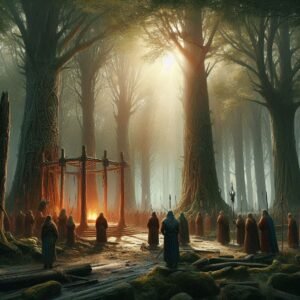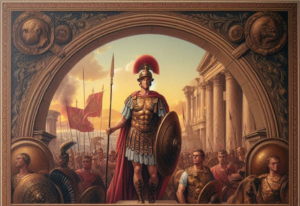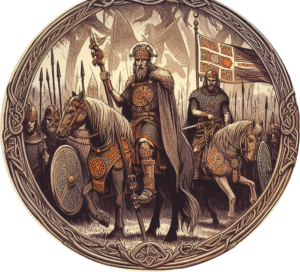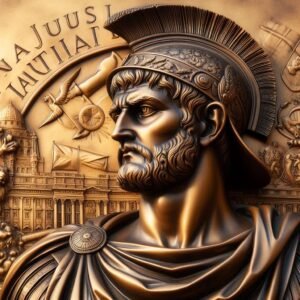Votive inscriptions to the Goddess Brigantia have been found in the North of England using four names: Caelestis Brigantia, Nympha Brigantia, Brigantia Augusta, and Victoria Brigantia. In this report I review what is known about them, and how this knowledge can help us understand how the Romano-British viewed the Goddess.
Tag: Brigantia
Sep 23
The Goddess Brigantia – The ‘Exalted One’
Celtic Heads Celtic Head from Witham, 2nd c B.C. (British Museum) “Celtic” carved heads are found throughout the Read more Timeline 60BC – 138AD This timeline is focussed on the British Celtic culture and those cultures which had influence on the British Celts. It Read more Heads at St Michael, Kirklington An analysis of head …
Sep 23
Celtic Religion and Beliefs
Sep 23
Augustus
Suetonius wrote of him:
He was very handsome and most graceful at all stages of his life, although he cared nothing for any sort of refinery. He was so uninterested in how his hair was dressed that he would set several barbers to work at once in a hurry, and he would have his beard clipped at one time and shaved at another, and while the barbers were working he would read or even write something.
Sep 23
Vespasian
Sep 23
Cerialis Petillius
Quintus Petillius Cerialis Caesius Rufus was the son-in-law of Vespasian Cerialis and became Governor of Britain in AD.71; his instructions were plainly to move the conquest forward, and he brought with him a new legion, II Adiutrix, which had recently been recruited from members of the fleet at Ravenna.
Sep 23
Caratacus
Sep 23
Agricola
In a series of annual military campaigns Agricola put down revolts in north Wales, subdued the Brigantes tribe in the north, extended Roman control over the Scottish lowlands, where he established a string of forts between the Forth and the Clyde, sent troops into Galloway, and made inroads into the eastern Highlands. During the latter campaign his vessels were the first to circumnavigate the islands.
Sep 22












